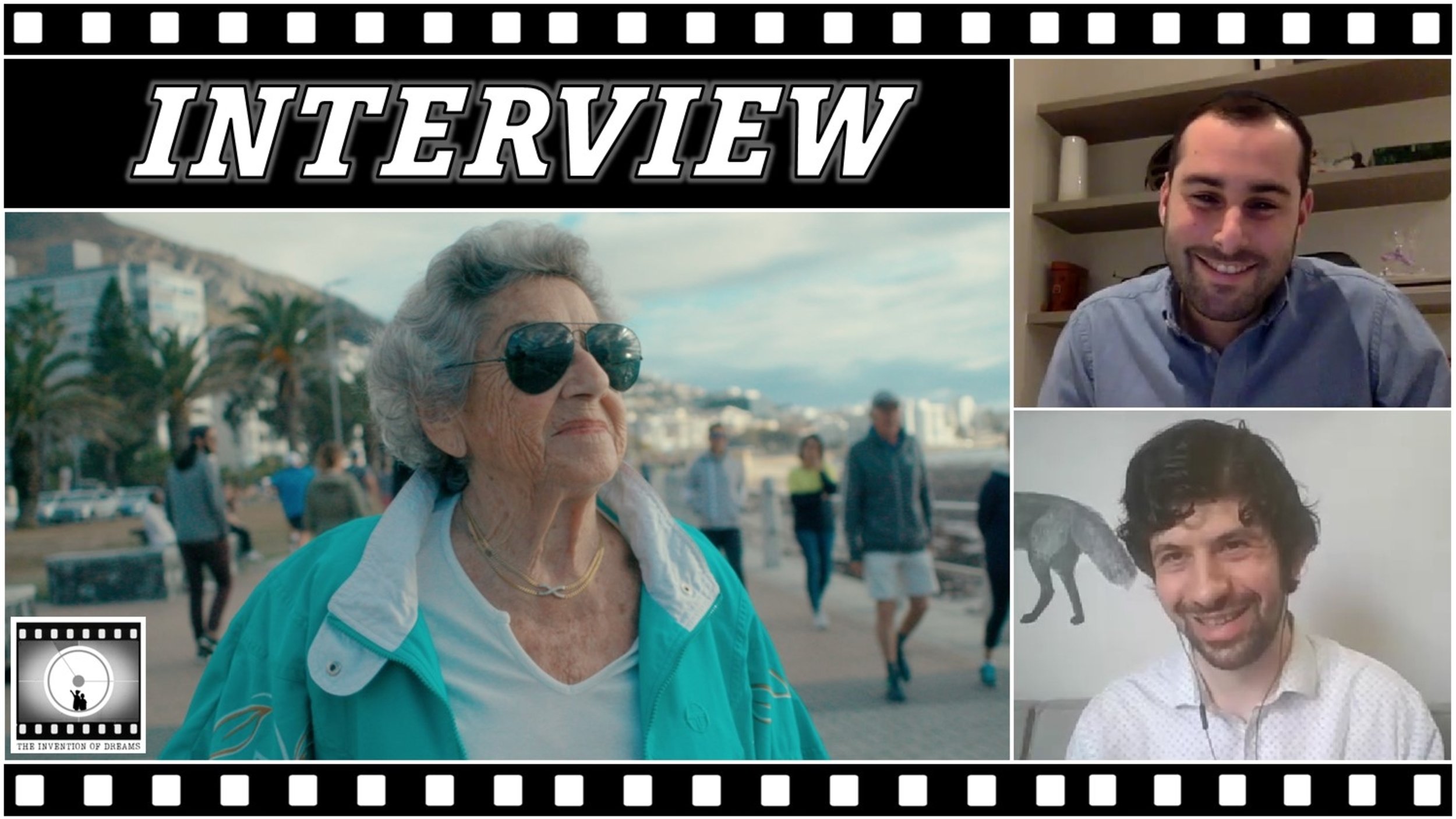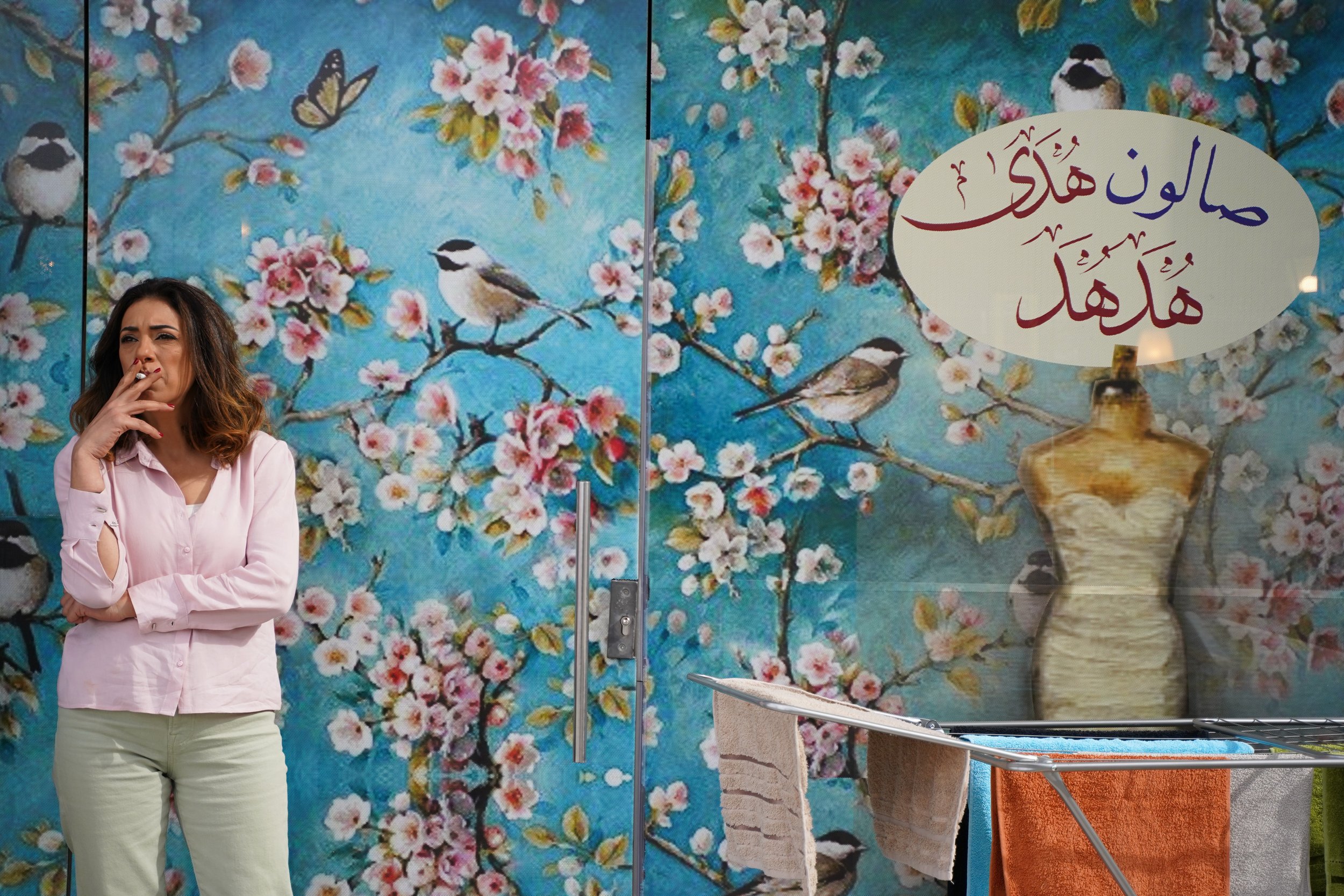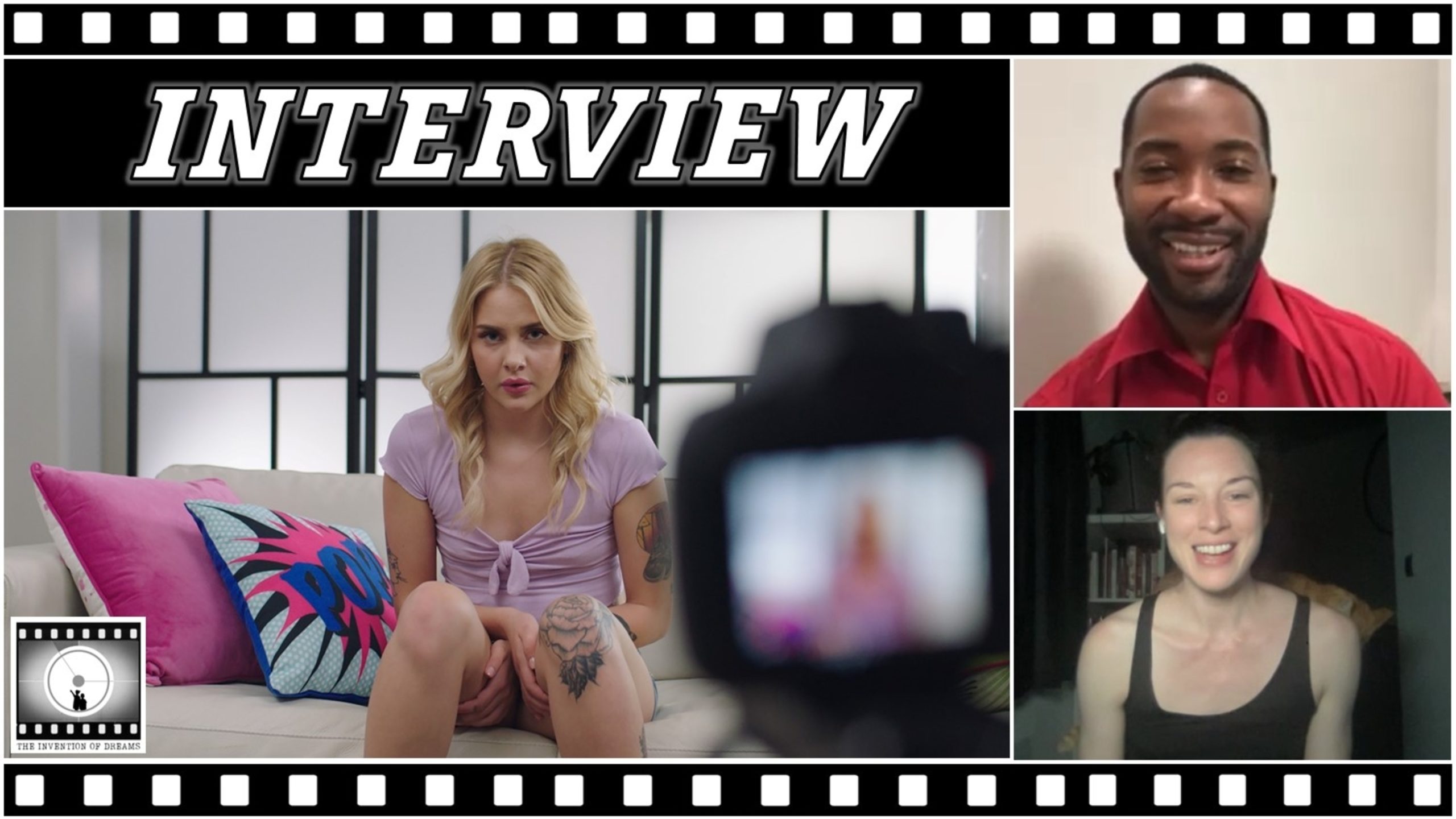
What makes this movie different from all other movies is Ella Blumenthal, the extraordinary and irresistibly vivacious 98 year old subject and star of director Jordy Sank’s I Am Here. Sank successfully captured both the profound horrors Blumenthal has faced and the incredible lightness of her unbreakable spirit. Blumenthal urges us to listen to her, both to understand the nightmare she’s survived and the lessons she learned to prevent it. I was fortunate to interview Sank, who was forthcoming about his experience making the film.
Sank is well-aware that Holocaust documentaries and survivor stories are well-trodden territory. He described how when he first started showing the film to people, the first reaction was that “people said “why did you need to make another Holocaust film? Hasn’t it been done before? This isn’t relevant to now, this was so many years ago.’ ” However, Sank went on to explain that ”we thought it was really important. Just look at the news. History is repeating itself in front of our eyes. People have not learned from the mistakes of the Holocaust and how [what] hating people can really do. Antisemitism is alive and well. Neo-Nazi numbers are on the rise. We have to hear Ella’s story so we can learn from the past to build a brighter, better future.”

Jews have the misfortune of being cataclysm aficionados. A hoary joke is that the Passover seder ends with “they tried to kill us, we survived, let’s eat!” I Am Here plays with that through constant juxtaposition. The film cuts back and forth between the Blumenthal’s loss of 23 of her 24 family members and her harrowing experiences in the Warsaw Ghetto, Majdanek, Auschwitz, and Bergen-Belsen and the exuberant, active life she still leads today as the matriarch of her enormous family.
Sank emphasized that this was very much intentional, telling me that “…Ella has this beautiful spirit and she doesn’t let her past define who she is. So we thought it was very important to keep coming back to the present and show how she’s living her life today and how she has this positive outlook on life and this vigor.“
I was struck by how effectively the film uses animation to tell the darkest parts of Blumenthal’s story and juxtapose them with her relentless optimism. An Orthodox Jew, Blumenthal believes that to this day, God is with her, providing her the same force to tell her story that He gave her to survive. The film draws a throughline with the story of Passover, when God led the Jews out of Egypt, threading a story about year-old matzoh in the Warsaw ghetto with, later, the fortuitous discovery of a shred of the Haggadah in Auschwitz. One of the highlights of the film is the animated scene where Blumenthal finds the Haggadah and she is transported to the Heavens, lifted up by and among the Hebrew script she’s found and away from her hell on earth.

An outgrowth of the use of animation and avoidance of stock footage is that “I Am Here” is appropriate for younger viewers. Just as Ella Blumenthal makes a point of telling her story to children, this is a movie which is meant to be approachable for them. This is because, as Sank told me, “the animation lets you really empathize with her as a character and go on this journey with her. I think it’s also animation that really makes it a lot more palatable, especially to a younger audience. The younger audience are going to have to be the ones who know what happened in the Holocaust so that history doesn’t repeat itself again.”
Just as important to the film is the emphasis on family. Ella Blumenthal goes to extraordinary lengths to preserve the memories of her family who were lost in the Holocaust, telling her descendants all about them and emphasizing that though nothing remains of those people or their world, they were very much real and alive. This hit home for me because I grew up listening to my great-grandmother, a native of Odessa who was born in the late 19th century, tell me about the cossacks who would terrorize her. Today, I have family in Kyiv, still being terrorized.
The film centers the relationship between Ella and her niece, Roma, who is the sole surviving member of Ella’s pre-war family. There is a scene in which the two engage in a wonderfully mundane Facetime with each other, made all the more spectacular through the viewer’s knowledge of how horrible their lives had been. As Sank told me, “I think they had each other to push each other and to keep each other going. They were guardian angels, they were mothers, they were sisters, they were everything to one another.” The necessity of family in surviving and then overcoming trauma is, like so much of Blumenthal’s message, something which takes a specific and makes it universal.

I Am Here opens with a montage capturing the rising current of antisemitism. As noted by Zack Beauchamp in Vox earlier this year, “24% of American Jews reported that an institution they were affiliated with had been targeted by anti-Semitism in the past five years. 90% said anti-Semitism was a problem in America today, and 82% agreed that anti-Semitism had increased in the past five years.” The ADL’s invaluable antisemitism tracker, while not capturing every incident, shows how common these incidents are. Of late, there has been much discussion about how to approach combating antisemitism. Right now, Deborah Lipstadt, a leading scholar of the Holocaust and antisemitism, has her nomination to be the State Department’s Office of the Special Envoy To Monitor and Combat Anti-Semitism stuck in committee.
Holocaust education itself has become a game of partisan football. One issue with Holocaust education is that it creates something of a standard. As Dara Horn noted in “People Love Dead Jews”, this turns into something we might call the “not the Holocaust” problem. There is sometimes a tendency to downplay subtler acts of antisemitism which have started to bubble up in the US and abroad. This is all while more traditional antisemitism, has become fashionable again. Because so much of this is indirect antisemitism, operating primarily in dog whistles, it has becoming commonplace.
I raised this to Sank, who agreed that “ it’s never outright hatred because that’s too much. It’s always hidden behind the curtain. It’s not antisemitism. It’s not Holocaust denialism. It’s something else.”
Sank agrees with Ella Blumenthal on how to fight this recurrence of hatred, and thinks it’s a lesson which applies universally.
“I think the only way to counter that, and it’s a hard thing to do and it’s really more in theory, but the way Ella approached a South African influencer who was spitting out antisemitism and Holocaust denying rhetoric was to approach with love,” said Sank in reference to an influencer who had spouted antisemitic Holocaust denialism. In that instance, Blumenthal wrote an open letter asking to sit down and talk, attempting to directly confront bigotry. This film, a testimonial of Blumenthal’s experience in the Holocaust as well as her defiant insistence on telling her story, is an encapsulation of that approach.

I Am Here will be released in select theaters on March 11, 2022
Tomorrow, we will run video and a transcript of our full discussion with director Jordy Sank.















